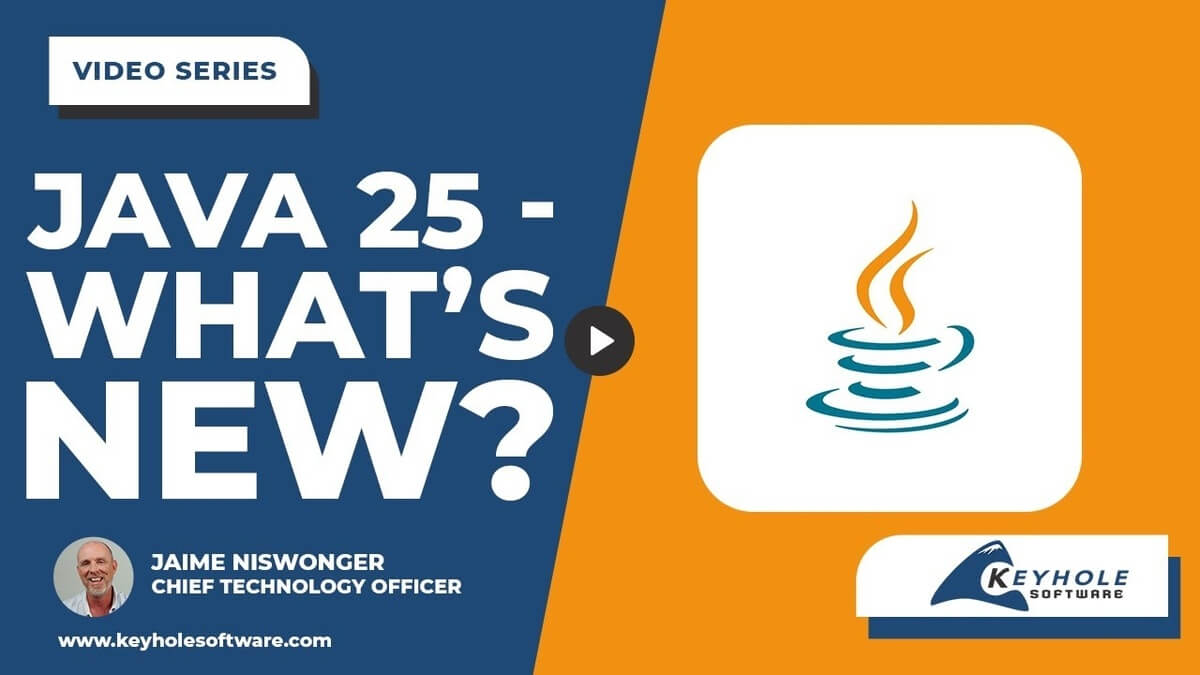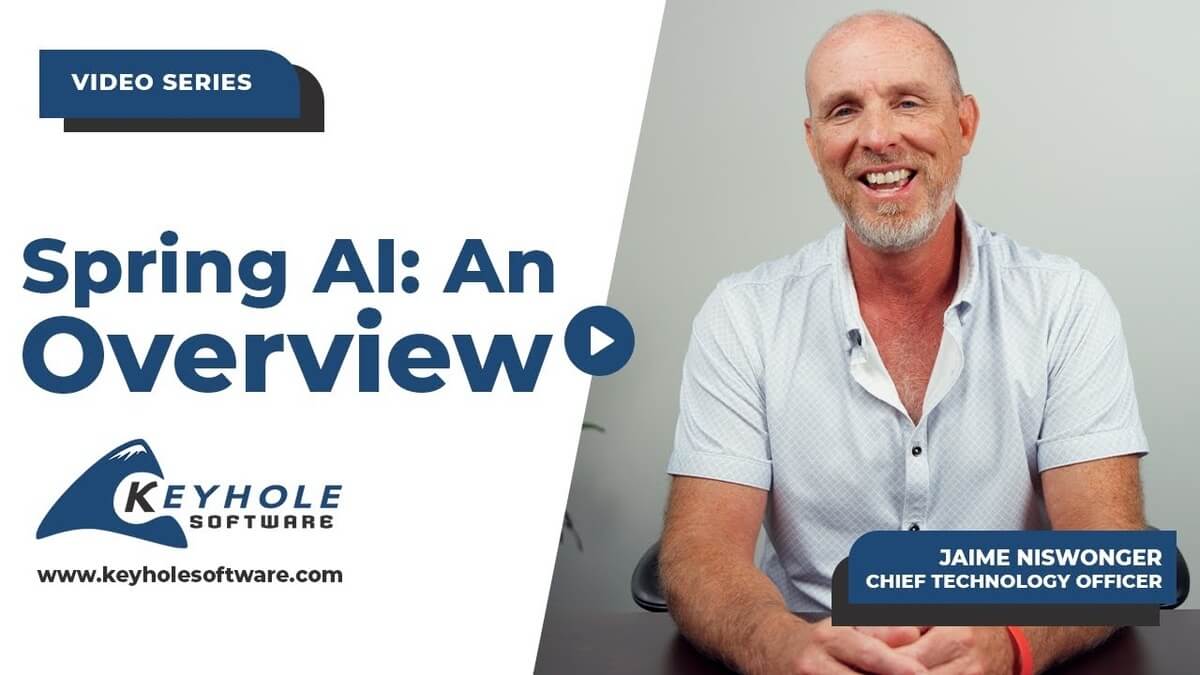Post-Quantum Cryptography Support in Java
October 21, 2025
Quantum computers are advancing, and they could soon break the encryption that protects today’s data. RSA and ECC, which are standard today, may not stand up to quantum attacks. This makes post-quantum cryptography a key part of planning for long-term security.
Java is already preparing for this future. New updates in the JDK add support for quantum-safe algorithms, giving developers tools to test and adopt them now.
What is The Risk From Quantum Computers?
Quantum computers use math that can break the puzzles behind RSA and ECC. This makes secrets, archived data, and signed code unsafe once quantum systems grow strong enough. Teams that prepare now will avoid a scramble later.
Key Takeaway: Start planning today to keep data safe tomorrow.
What is Post-quantum Cryptography?
It means using new math that stays safe even against quantum attacks. These tools protect both key exchange and digital signatures for the long term. So, which algorithms are in Java now?
Starting with JDK 21, Java has APIs for post-quantum key pairs, signatures, and key sharing. Kyber is a candidate for key exchange, and Delithium is used for signatures. The workflow is the same as RSA or ECC. You generate keys, sign, and verify. The change is only in the math.
Pro Tip: Test in a small app with strong logs. You will see the effects of bigger keys and slower calls without risk.
Here is a simple plan for adoption:
- Check your risk. Find data that must stay secure for many years.
- Add agility. Write code so algorithms can be swapped with little effort.
- Run pilots. Use Kyber for exchange and Delithium for signing.
- Track results. Measure key size, speed, and storage impact.
- Plan rollout. Move from pilots to apps when you are ready.
We should expect trade-offs, since post-quantum keys are larger and some tasks run slower than RSA or ECC. That is the price of stronger security.
Key Takeaway: A small performance hit now protects data for decades.
Need expert help with post-quantum cryptography? Contact Keyhole Software for a free consultation.
Should We Use Hybrid Methods?
Yes. Hybrids mix RSA or ECC with quantum-safe math in the same handshake. This keeps systems working today but adds stronger protection. It also lets you test PQC without breaking old links.
Pro Tip: Track which method each handshake used. Logs help you compare speed and error rates.
How Does PQC Fit Into Java APIs?
The JDK extends key pair and signature APIs. You can try PQC without major changes. Just generate a PQC key, sign data, and test it. Start small, then expand.
What Does Crypto Agility Look Like?
- Use config flags to set the algorithm.
- Keep crypto calls behind a clear interface.
- Store metadata about keys.
- Add health checks for both RSA and PQC.
Key Takeaway: With crypto agility, switching methods is simple.
When Should We Move To Production?
Do not rush. Experts expect the change to unfold over the next five to ten years. Use pilots now, track results, and train your team. When the time comes, you will be ready.
In Summary: Future-Proof Your Java Apps
Post-quantum cryptography is the next stage for secure Java apps. The JDK already includes tools we can use today. By starting early, we gain skills, reduce risk, and avoid surprises.
Call to Action: Ready to plan your path? Contact Keyhole Software today for a clear roadmap to post-quantum cryptography in Java.
More From Jaime Niswonger
About Keyhole Software
Expert team of software developer consultants solving complex software challenges for U.S. clients.









